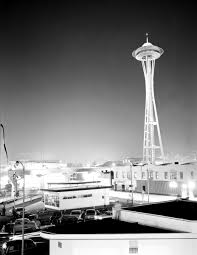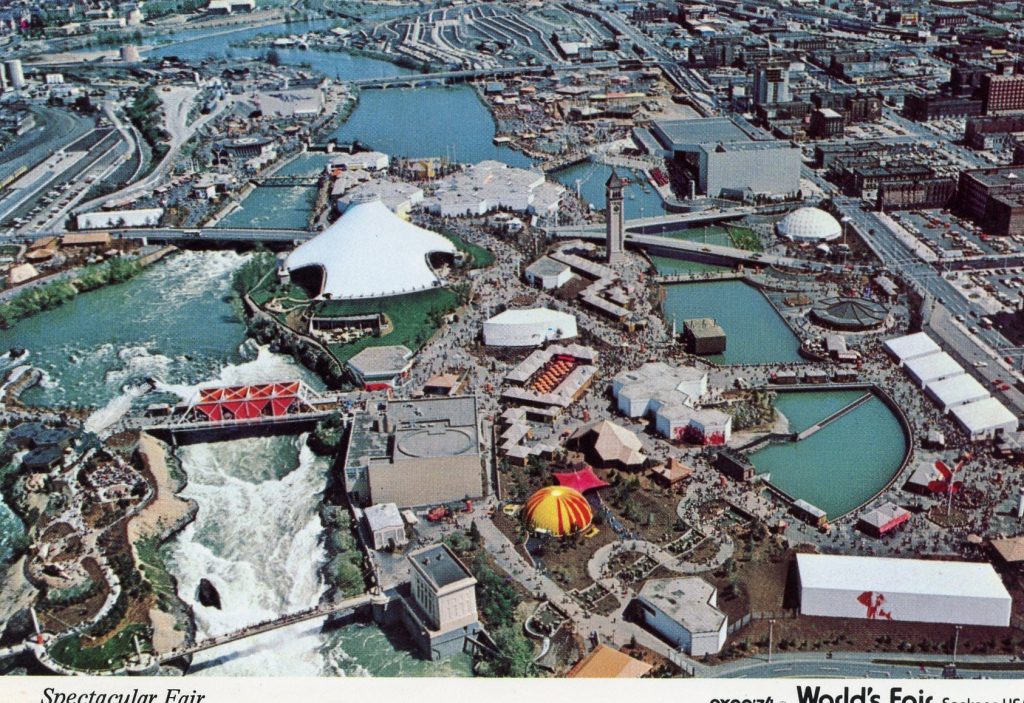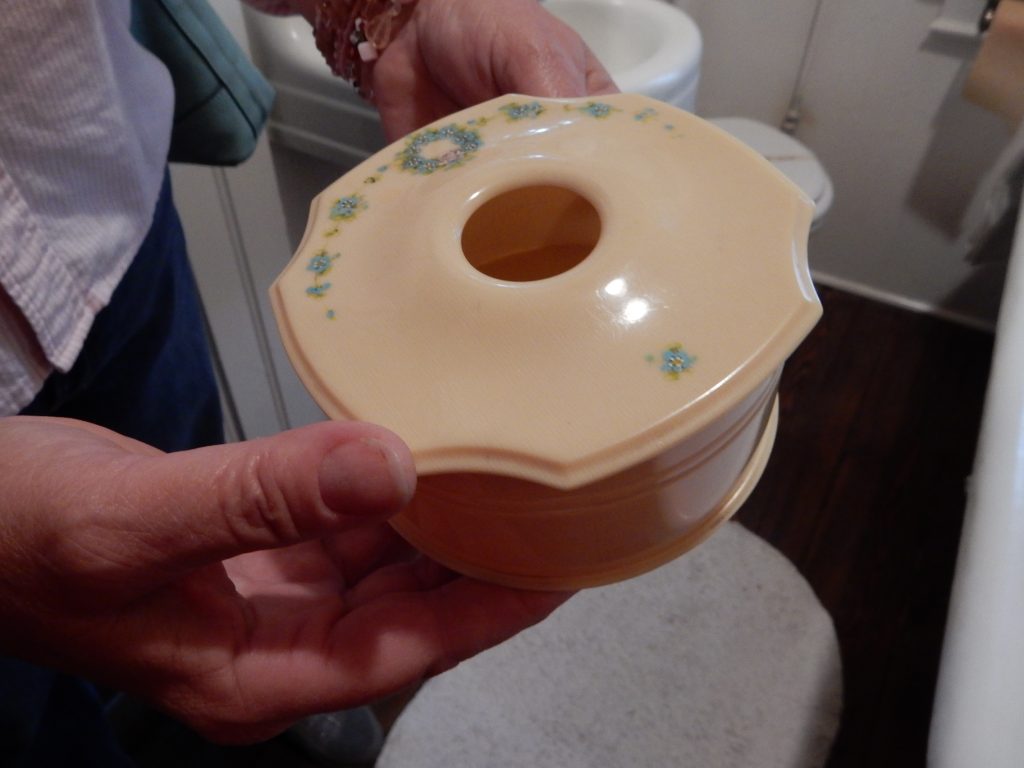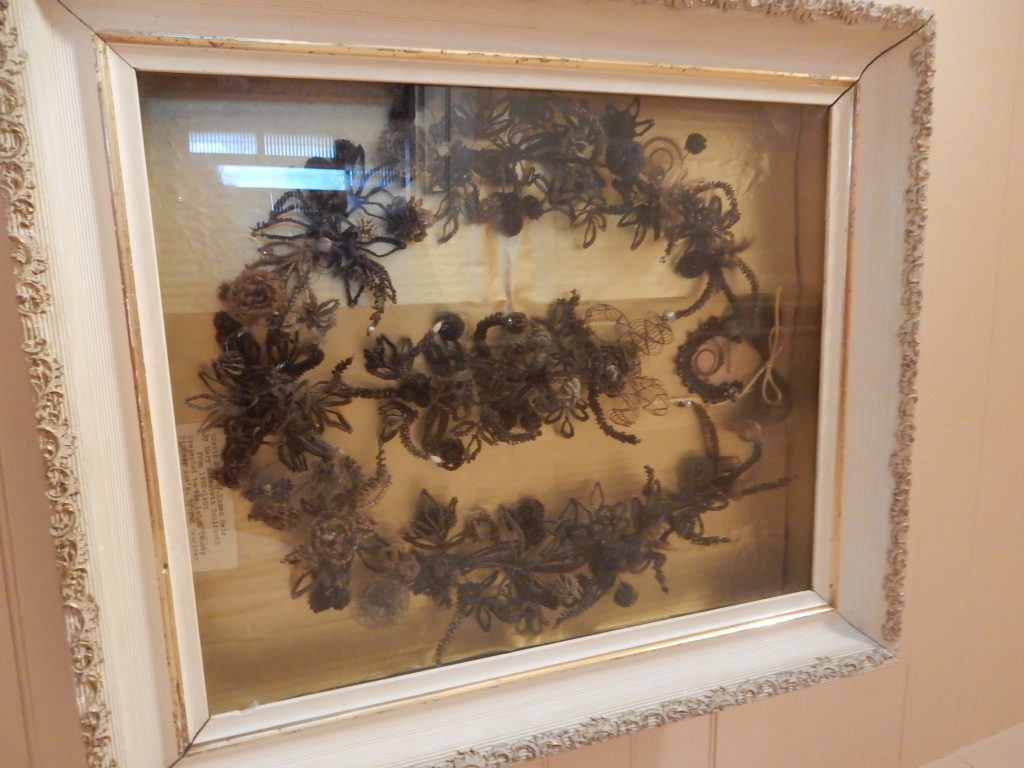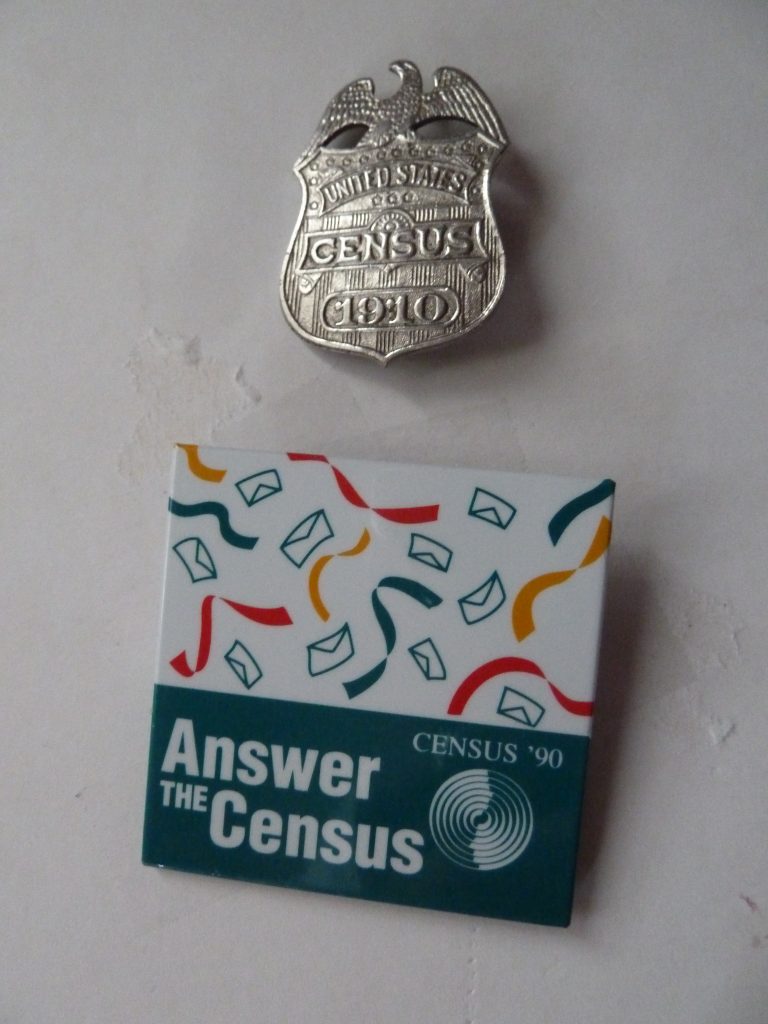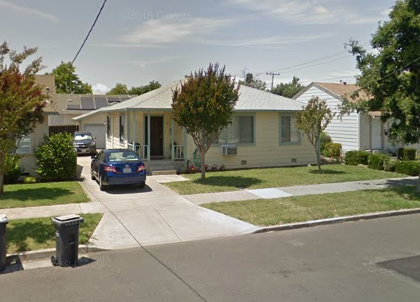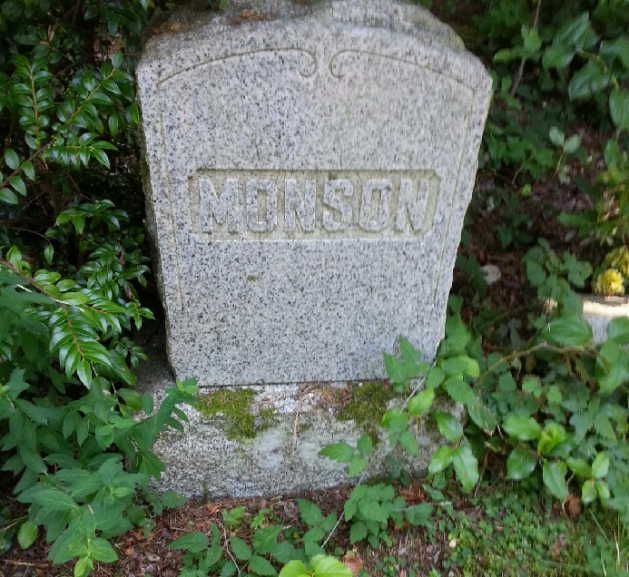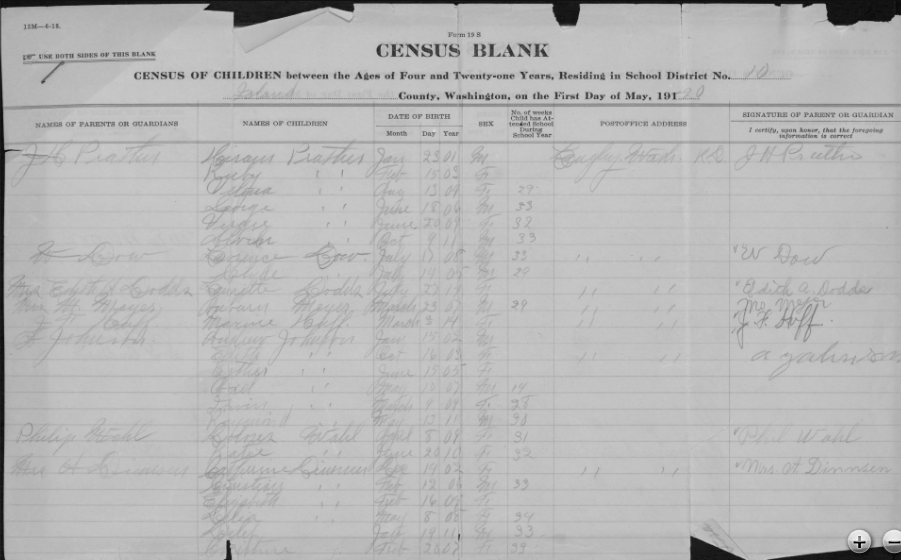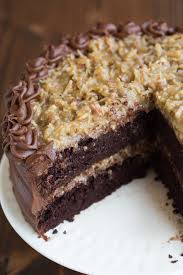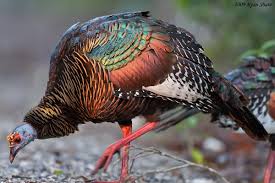
Today, a most delicate subject. Most of us in our ancestral pedigree, have a history of one or more of our male ancestors being termed a drunkard. Perhaps this has seemed shameful to you at worst, or most uncomfortable at best. But today I invite you to think of this in another way.
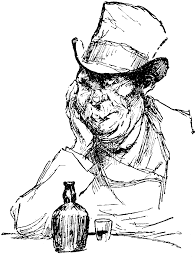
Think of our modern medicine today…….. we have fixes for arthritic knees and hips. We have medicines for most any ailment all with the aim of making the patient better and more comfortable. Prior to 1900 our ancestors had no real help at all for their ailments and surely they did suffer the same ailments as we do today, don’t you suppose? And on the whole, our ancestors had to work physically way, way, WAY harder than we do today. Don’t you suppose they were in pain lots of the time? Yet, they had to get-up-and-go and resume work for no down time was available to them. (Cows had to be milked, etc. A mother of 6 under 10 in a snowbound cabin with a migraine? A coal miner barely making a living?)
Aspirin as a pain reliever, plain simple aspirin, was not introduced until 1897. What did our ancestors use for pain relief before that year? Yes, there were homeopathic remedies and quack potions and pills. But for real relief, what did our ancestors do??
They drank. Alcohol was about the only pain killer available to them.
I’m not saying that pain relief was the object of every man who guzzled down too much booze, but I do think it was a big factor. And I am asking with this post that you pause to reflect on why your ancestor was termed a drunk. Think kindly of them.

